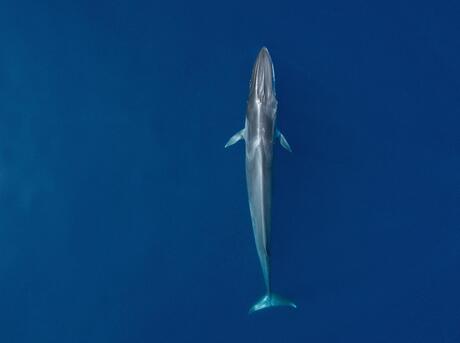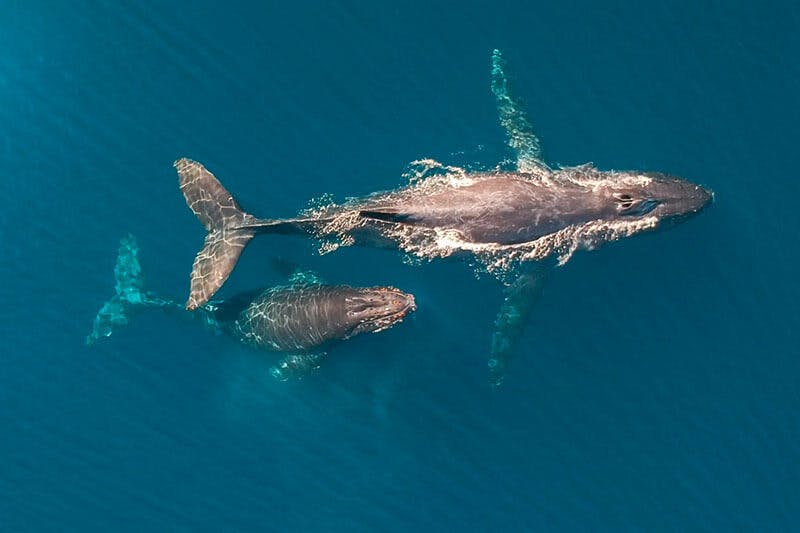All About Whales!
This week, I want to dive into some ocean life creatures, specifically whales! Unfortunately, I have never gotten the opportunity to see them in their natural habitat. Still, it is definitely on my bucket list (in an ocean, not at some place like Seaworld).
The evolution of whales is super interesting. There are some theories that their ancestors used to live on land because of their biologies today. For example, they are air-breathing mammals, they are nursed with the milk of their mothers and even have hand bones like fingers under their flippers. Whales also have back limbs while they are embryos that later disappear after they’re born.
It took over 8 million years for whales to evolve from land animals to sea animals. Whales came from land ungulates (four-legged hoofed animals) that were theorized to eat food from the water’s edge. Over time, they spent more time in water and adapted to swimming, such as getting flippers on their front legs and blubber to stay warm. Their nostrils moved to the top of their head to breathe outside of water easier, and they got stronger tails and flippers, which brings us to the whales we know today!

A whale’s lifespan, specifically Bowhead whales is one of the longest of all mammals and is also longer than a human’s lifespan. These whales live in dark, arctic waters, and grow and move slowly. There has been evidence to show that these whales can live up to 150 years or even over 200 years old based on stone harpoon tips (a barbed spear) that has been found in a whale’s blubber.
These are some pretty fascinating creatures and actually hold some of the same characteristics as us humans! One of my favorite things about them is that they are known as the “Canaries of the Sea” because of all the different sounds they make to communicate. This includes “whale songs,” which are long sequences of sounds that are learned from other whales. Blue whales, fin whales, bowhead whales, minke whales, sperm whales, and humpback whales are all able to sing these songs. The best singers are male-humpback whales because they can sing up to seven octaves and even go on for more than thirty minutes. They even produce new songs every year for the breeding season.

Even the size of whales is amazing. They can be up to 100 feet in length and weigh as much as 33 elephants. The size of these creatures is part of the reason why they are so important to our environment and ecosystem. They are able to capture about 33 tons of carbon dioxide from the environment, playing a huge role in climate change as a large amount of our carbon dioxide comes from oceans.
Learning all of these amazing facts about whales make it that more sad to hear that some of these whales are endangered because of fishing and habitat loss that we have created. Iceland, Japan, and Norway continue to commercially hunt whales regardless of the ban on the international trade of whale products. Along with that, the rising sea temperatures are changing habitats including what food is available because of the increase in migration that many whales have had to succumb to.

Overall, these are just a few reasons for the decrease in the whale population. The decline in whales not only hurts themselves, but also us as they take a large part in collecting carbon dioxide from our environments. We need to figure out a way where we can live in harmony with animals such as whales, because they offer many beautiful characteristics that people should be able to see for themselves in the future, not just hear about in stories.